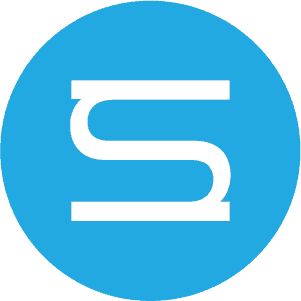If I want to write—to make marks that express thoughts in written language, in a way that it can be shared and read by others—there are a number of tools available to help with the task:
- Pencil
- Pen (ballpoint, felt tip or fountain, not to mention reed, feather and steel nib)
- Brush
- crayons, pastels, charcoal, etc.
- Stickers
- Stencils
- Letraset
- Metal type
- Mechanical typesetting machines
- Typewriters
- Phototypesetting machines (Intertype Fotosetter maybe?)
- Digital fonts stored in and used by any number of digital devices; also, the internet
The tool I choose to use probably says something about me. It probably says something about what I am writing, my intent in writing it, and my intended audience. The tool I use will affect how quickly I can write and what that writing will look like. Some people might applaud my use of one tool over another, while others are simultaneously mystified at the decision.
Throughout history, shifts in writing technologies have inspired excitement, derision, and debate. The technology itself takes on cultural meaning, while its effects on letterforms slowly change how we think about written language.
This summer I am using my calligraphy practice as a springboard to design a digital typeface as a way to explore the differences between technologies and how, if at all, digital letterforms are connected to their calligraphic roots.
Practically, this means that so far I’ve spent many hours between the font production software (I’ve chosen Glyphs), its pdf handbook and online forum, and video tutorials. Font design is often discussed in generalities. It has been difficult to find answers to specific, practical questions as I work. I’ve found there’s a particular technical vocabulary involved that I have not yet learned, which makes it difficult to navigate the few spaces that offer practical help.
I’m slowly learning the basics (how to draw shapes, where the setting are located and what they mean, etc.), and may someday move on to the more advanced capabilities of the software (how to reuse shapes like serifs in many letters, for instance).
Already I’ve noticed two main differences between calligraphy and type design. The first is that where the pen comes with a set of inherent limitations, drawing a letter on a computer is seemingly limitless. It takes a lot more idea development and decision-making up front to set the parameters of the typeface.
Second, the language of calligraphy is intuition. Letterforms are mastered via repetition. The language of digital type design is mathematical. I am drawing on a 1000 x 1000 unit grid. Every point, curve, and guideline is mapped to the grid, which is how other devices will translate and visualize it later when it’s a font. I’ve discovered I can translate my idea to the screen more easily if I take a more mathematical approach than I do when using a pen—if I measure, calculate, and have a number to plug in to the software, I make progress more quickly than if I start drawing and wait for things to fall into place.
-Katerina Hazell
